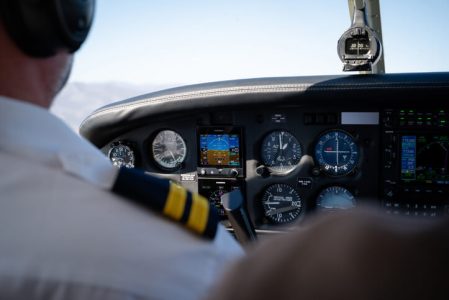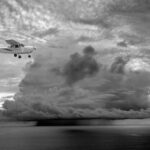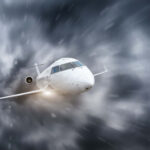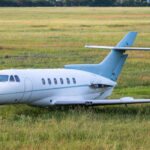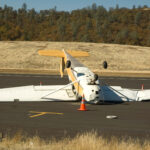Traditional Navigation Still Matters in Flight Training
In modern airplanes, it’s easy to get swept up by sleek touchscreen panels, real-time weather overlays, and the reassuring magenta line guiding every turn. While GPS and integrated avionics have undoubtedly improved situational awareness and efficiency, there’s a growing concern in the aviation community: what happens when the tech goes dark? Whether due to satellite disruption, electrical failure, jamming, spoofing, or something as mundane as a faulty antenna, GPS-based systems are not foolproof—and student pilots who rely solely on them in flight training may find themselves unprepared in an emergency.
This is why flight instructors must prioritize foundational navigation skills—even in a world dominated by Garmin, ForeFlight, and glass cockpits. Techniques like pilotage, dead reckoning, VOR tracking, and understanding sectional charts aren’t just historical relics; they are essential backups that can mean the difference between a safe landing and getting truly lost in the sky. Major aviation authorities like the FAA and ICAO have raised red flags about overreliance on automation and the erosion of basic airmanship skills.
To future-proof the next generation of aviators, early training should emphasize a “mixed navigation toolkit” approach. That means incorporating both modern tools and time-tested techniques into every lesson. For example, even when flying with GPS, instructors should frequently simulate outages and challenge students to navigate using traditional methods. It’s also critical to build confidence in “mental situational awareness” so pilots can form a mental map of their location—not just read it on a screen.
Here are key old-school skills every pilot should master during flight training:
- Reading and interpreting sectional charts and landmarks
- Cross-checking positions using VORs and DME
- Performing dead reckoning based on heading, speed, and time
- Maintaining a “real-time mental map” of their route and surroundings
- Knowing how to triangulate a position using multiple radio nav aids
- Practicing lost procedures without GPS or moving maps
At the same time, students should also learn how to use today’s technology intelligently—not blindly. This means understanding how the GPS network functions, recognizing its vulnerabilities, and using tools like RAIM and WAAS not as crutches, but as part of a comprehensive navigation strategy. A well-rounded pilot doesn’t fear a GPS outage—they’re prepared for it.
As the skies get more congested—and the global landscape more unpredictable—the ability to navigate safely without digital assistance is not just a skill, it’s a responsibility. So instructors, challenge your students during their flight training. And students, challenge yourselves: can you find your way without the magenta line?
RELATED CTS TRAINING

